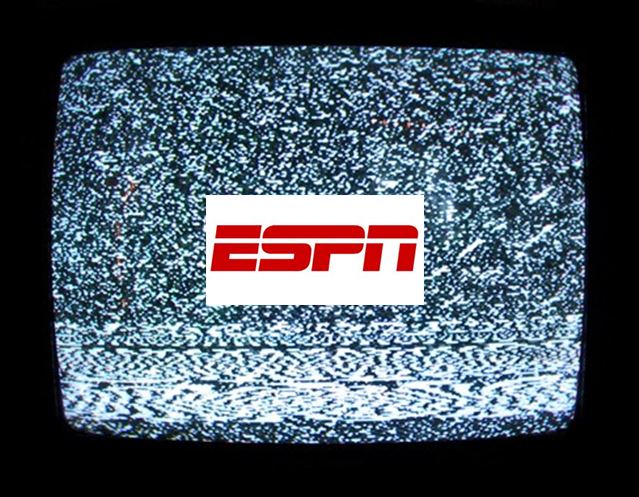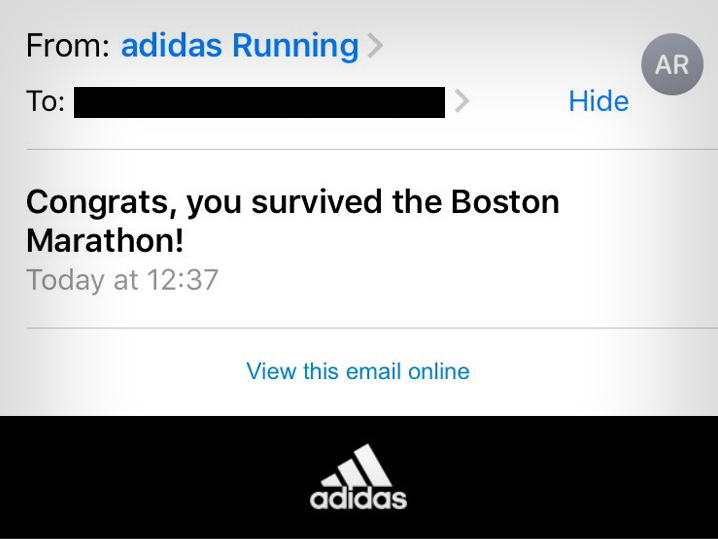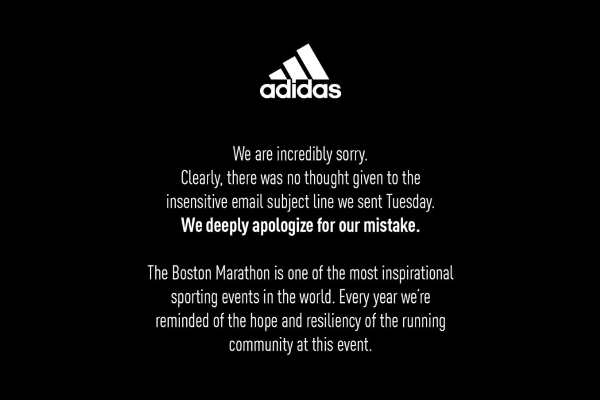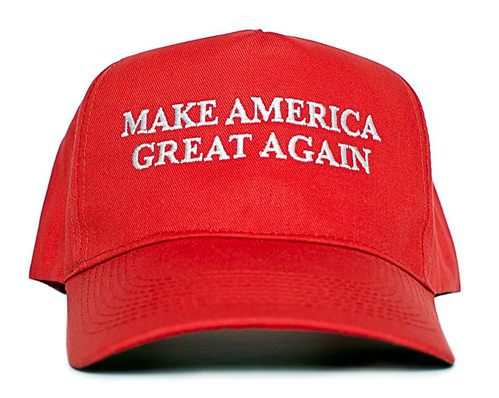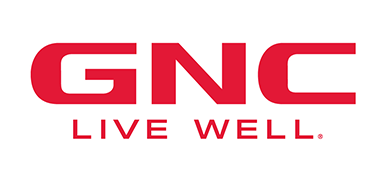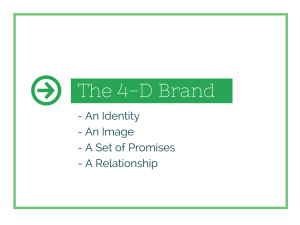
The name of the game in business is making a profit. A venture that does not generate more revenue than its expenses cannot survive long term. Stakes are incredibly high when it comes to profitability. Thus, being profitable should come before any other priority in the organization, right? Not so, according to the CEO of one company that decided it would not participate in the retail apocalypse.
Purpose First…
Profitability is important for a business, but it is not what should drive its reason for being. During an appearance at Adobe Summit, Best Buy CEO Hubert Joly said that Best Buy was headed in the wrong direction several years ago. The retail landscape shifted from dominance of brick-and-mortar to creating an omnichannel experience. Customers want to do business with you where they are, not what is convenient for you. Oh, and you better be competitive on price, or they will go with another option from the many choices they likely have.
Best Buy knew it had to change or else. According to Hubert Joly, the underlying force that led transformation was purpose. “We said we’re not in business of selling products or doing transactions, we have our purpose, which is to enrich lives with the help of technology.” With a clear purpose, Best Buy knew how to proceed to become more competitive. Joly said Best Buy revamped all aspects of the customer experience—website, search, information, and customer service. What needed to change was made clearer through a defined purpose of enriching lives with the help of technology.
“We said we’re not in business of selling products or doing transactions, we have our purpose, which is to enrich lives with the help of technology.” – Hubert Joly, Best Buy CEO
Whether you are a company with $42 billion annual revenue like Best Buy, a start-up business, or considering your personal brand, starting with purpose offers unmatched grounding. Think about how tough decisions can be made with less hand-wringing because purpose is factored into the equation. Does a new initiative, product, or policy reinforce your purpose or stand at odds with it?
…Then Imperatives
The commitment by Best Buy leadership to have purpose drive the company is admirable. However, purpose alone may wind up being lofty aims that are never realized. Best Buy did not forsake business objectives. It did not pretend that focusing on the customer would solve its Amazon problem. Enriching lives with the help of technology required retooling of the customer experience and committing to be price competitive. Top executives could spout the purpose regularly, but if it was not backed up with business strategy to execute the purpose would ring hollow.
Don’t Wait
Best Buy faced a grim reality that its company was headed for major trouble. Its resurgence has been nothing short of amazing. We can learn from Best Buy’s situation, realizing we need not wait until we face dire consequences to gain clarity on organization or personal purpose.
Think of purpose as the map giving direction on where to go. You would not drive from Chicago to Dallas without directions; why try to run a business or steer your career without clear directions (purpose)?
Source: Nadia Cameron (2019, March 27). How Best Buy shifted from retail-led to customer relationship driven. Retrieved from
https://www.cmo.com.au/article/659314/how-best-buy-shifted-from-being-retail-led-customer-relationship-driven/ .
Image credit: Pixabay



